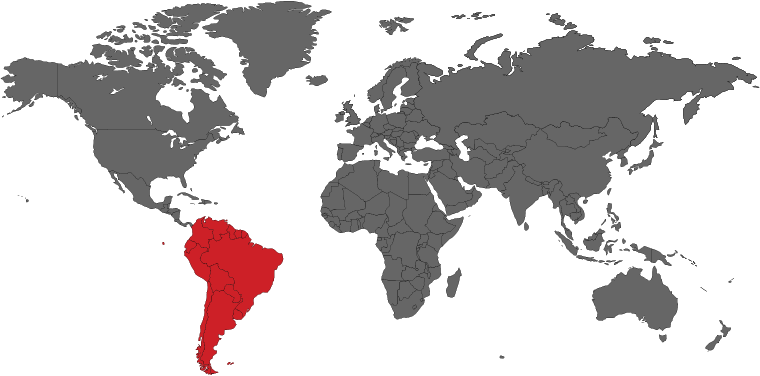Bridging the Amazon & Andes: Reliable Logistics for Latin America

Importing to South America: A Comprehensive Guide
Understanding South American Import Regulations.
South America presents unique opportunities and challenges for businesses looking to import goods into countries like Brazil, Argentina, Chile, Peru, and others. Each country has specific regulations, tariffs, and customs processes that businesses must adhere to in order to ensure smooth importation.
Key Considerations for Importing to South America
1. Customs Regulations & Compliance
Each South American nation has its own regulatory framework:
- Brazil: The Brazilian Federal Revenue Service (Receita Federal) is the governing body, and the process involves strict documentation and detailed customs checks.
- Argentina: Managed by the National Customs Administration (ANA), Argentina has complex trade policies that can include high tariffs and import restrictions.
- Chile: Known for its trade-friendly policies, Chile simplifies imports with fewer barriers, although customs clearance is still required.
- Peru: The National Superintendence of Customs and Tax Administration (SUNAT) oversees imports into Peru, with a focus on import duties and compliance.
2. Tariffs & Import Duties
- Mercosur (Southern Common Market): As a trade bloc, Mercosur (which includes Argentina, Brazil, Paraguay, and Uruguay) facilitates easier trade between member countries by reducing tariffs on certain goods.
- HS Codes & Classification: Correct classification using the Harmonized System (HS) code ensures compliance with local duties and tariffs. Incorrect classification can lead to penalties or delays.
3. Documentation Requirements
Successful imports to South America require submitting accurate and complete documents:
- Commercial Invoice
- Bill of Lading or Airway Bill
- Import Declaration Form (specific to each country)
- Certificate of Origin (to take advantage of trade agreements like Mercosur)
- Import Permit (for controlled goods like chemicals or pharmaceuticals)
4. Product Regulations & Standards
- Brazil: Stringent standards apply, particularly for food, health, and safety products, regulated by ANVISA (National Health Surveillance Agency).
- Argentina & Chile: Certain products, especially food and consumer goods, must meet specific labeling and certification standards.
- Peru: Products like electronics must pass specific regulations to be approved for sale in the market.
5. Currency & Payment Systems
Exchange rate fluctuations and payment systems vary across the continent. Brazil and Argentina, for instance, may require you to pay in local currencies, and these may face import restrictions or controls on foreign exchange.
6. Common Challenges & How to Overcome Them
- Tariff Complexity: Import tariffs can be high in some South American countries. Work with a local customs broker to navigate local tariff schedules.
- Slow Customs Processing: Customs can be slow, especially in countries like Brazil. Ensure that all documents are prepared and submitted ahead of time to avoid delays.
- Import Restrictions: Some countries have restrictions on certain categories of goods. Research and comply with import bans or licensing requirements for controlled products.
Simplifying the Import Process in South America
Importing goods to South America can seem challenging due to varying customs regulations, tariffs, and documentation requirements. However, with the right knowledge and strategic partners, businesses can navigate these complexities and unlock the potential of this growing market.
Partner with experienced freight forwarders and customs brokers who understand the intricacies of South American trade to streamline your import operations.


